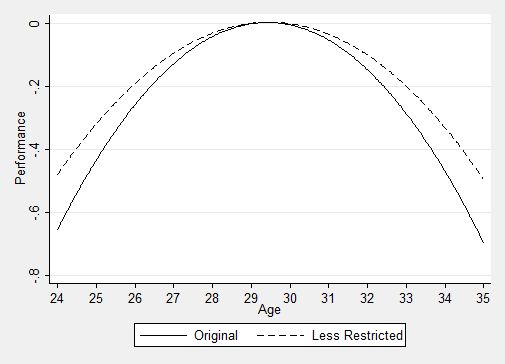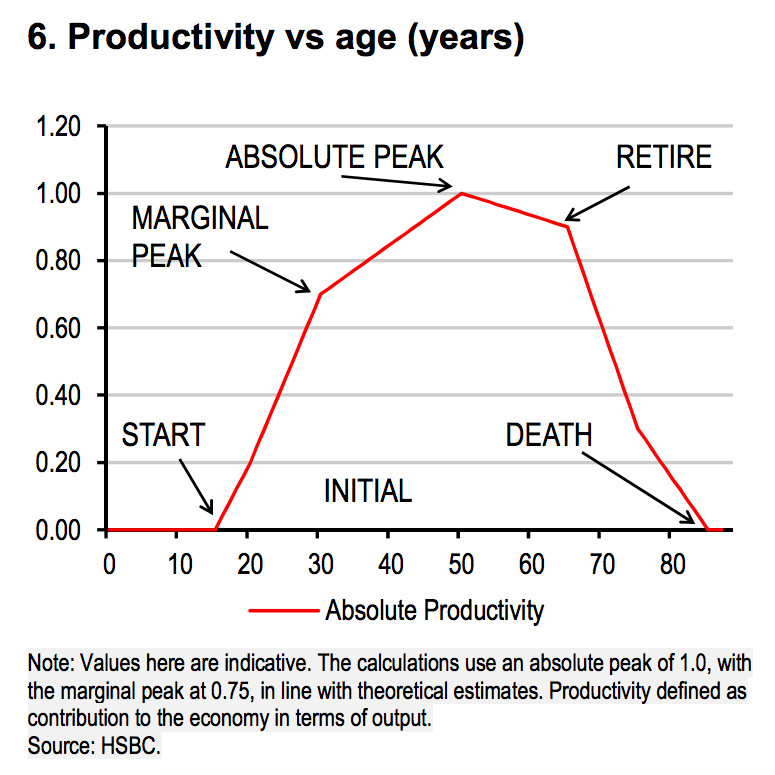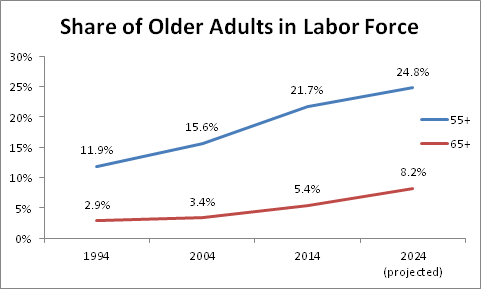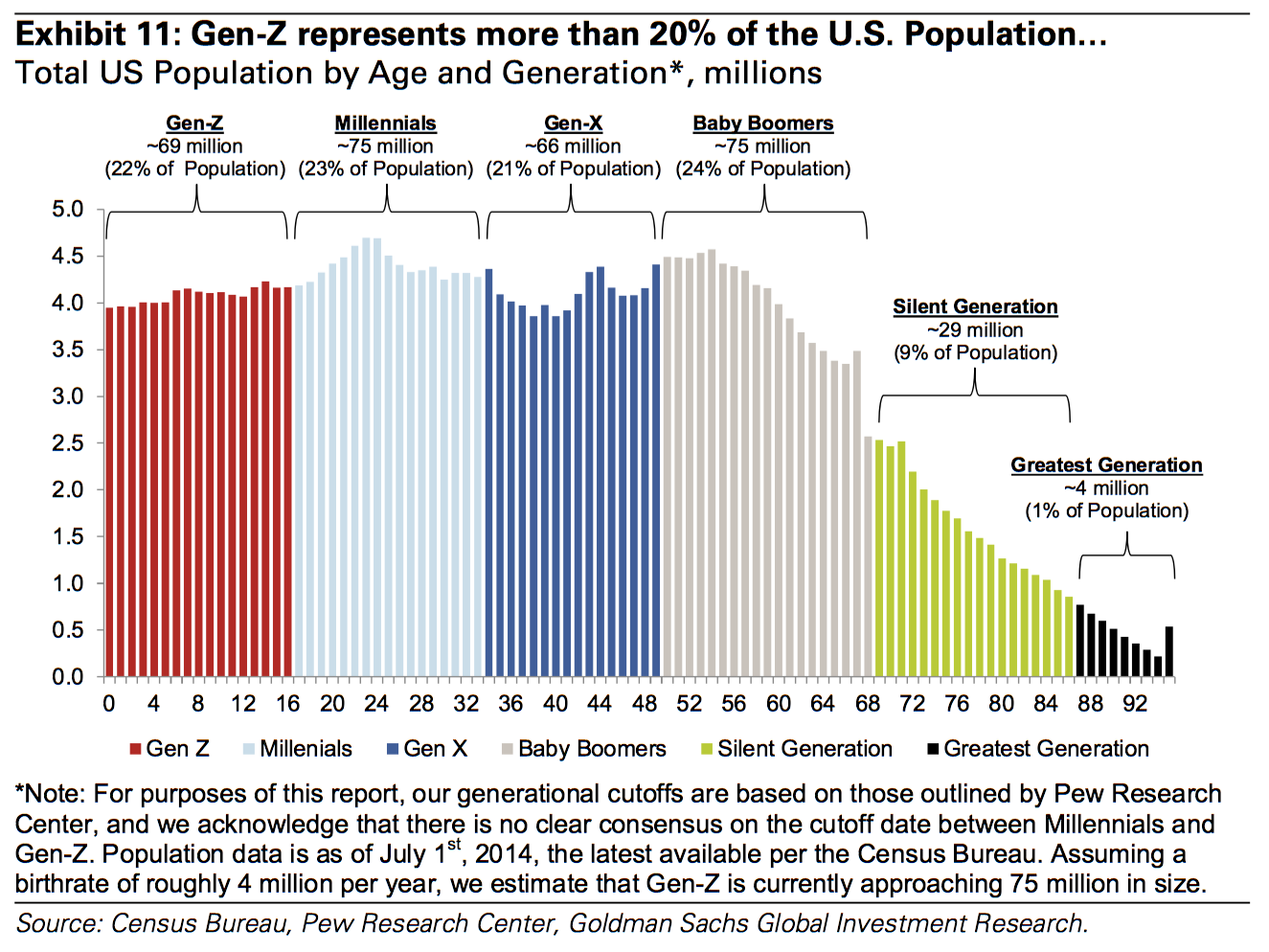Can enterprise software sell itself?
You are forgiven if you missed last week's most interesting IPO on the American markets - the debut as a public company of the Australian technology provider Atlassian, makers of popular enterprise tools like Jira, HipChat, and Confluence. For folks who might not be familiar with Atlassian, they have a kind of unique and really successful story. And the uniqueness as a new tech IPO comes from a couple of distinctive elements in the Atlassian journey.
First, Atlassian is profitable and cash flow positive for something like the last 10 years. Lots of early stage tech companies never reach profitability prior to an IPO exit. Second, this success and profitability has enabled Atlassian to avoid taking (or needing to take), any external or VC funding in its history. Again, just about unheard of for any tech company, let alone a successful enterprise tech company. And finally, and what I really want to talk about in the blog, Atlassian has also eschewed another really common and almost necessary strategy for growing enterprise technology companies, namely the hiring and deployment of a large, expensive direct sales force.
What does this lack of a direct sales force mean for Atlassian, and indirectly, its customers?
First some context from Atlassian's recent IPO filings:
Unlike traditional enterprise software vendors, who rely on direct sales methodologies and face long sales cycles, complex customer requirements and substantial upfront sales costs, we utilize a viral marketing model to target new customers. Through this word-of-mouth marketing, we have been able to build our brand with relatively low sales and marketing costs.
"We do not have a direct salesforce and our sales model does not include traditional, quota-carrying sales personnel. Although we believe our business model can continue to scale without a large enterprise salesforce, our viral marketing model may not continue to be as successful as we anticipate and the absence of a direct sales function may impede our future growth."
Atlassian spends about 21% of revenue ($68M on revenue of about $320M in their last full fiscal year) on sales and marketing. Does that seem like it is high? Well not for enterprise technology companies that you could include (broadly), in Atlassian's peer group. Salesforce spent around 51% of revenue on sales and marketing expenses in their last full fiscal year. Workday spent about 36% of revenue on sales and marketing in their last fiscal year. And at the revenue levels these companies have reached, these kinds of differences are substantial.
One final thought about sales and marketing expense for software companies - it is the type of expense that drives the least amount of benefit to existing customers. Every dollar your vendor spends chasing the next customer is a dollar that is not spent on making the product you have purchased and are using any better. Keep that in mind when you review the annual financial statements of the companies that supply your technology.
So back to Atlassian and the question raised in the title of this post: Can enterprise and HR software sell itself?
I think it only can if a few critical elements are in place. First, the technology has to be relatively inexpensive. Million dollar purchases, heck, even purchases of as little as a $10,000 often require (usually) skeptical customer executives to sign off. And very often these execs won't sign off unless they can speak directly across a table from some high-ranking sales exec from the vendor. It can be pretty tough to sign off on a really large purchase without that person-to-person interaction.
Next, the technology has to be relatively simple and fast for the customer to implement and begin using. When there is no direct sales/account management people on the vendor side, then that first point of contact for issues, bugs, problems, etc. simply does not exist, and the customer is left to deal with standard customer support to resolve issues. And that often is not good enough for many demanding clients.
Finally, the technology solution needs to be pretty widely adopted, and have generated a decent base of customers and fans. There needs to be a fairly substantial amount of publicly available information and comments from existing customers. When there is not a direct sales team to rely upon for information about the product, prospective customers have to be able to obtain satisfactory answers to their questions by other means.
Atlassian has built a profitable and growing enterprise technology business largely on the basis of great technology that is easy to adopt and deploy and has generated tens of thousands of customers and fans. There is really no reason why this kind of model could not work in the HR technology market as well.
In fact, it might be pretty cool if it did one day.
Have a great week!
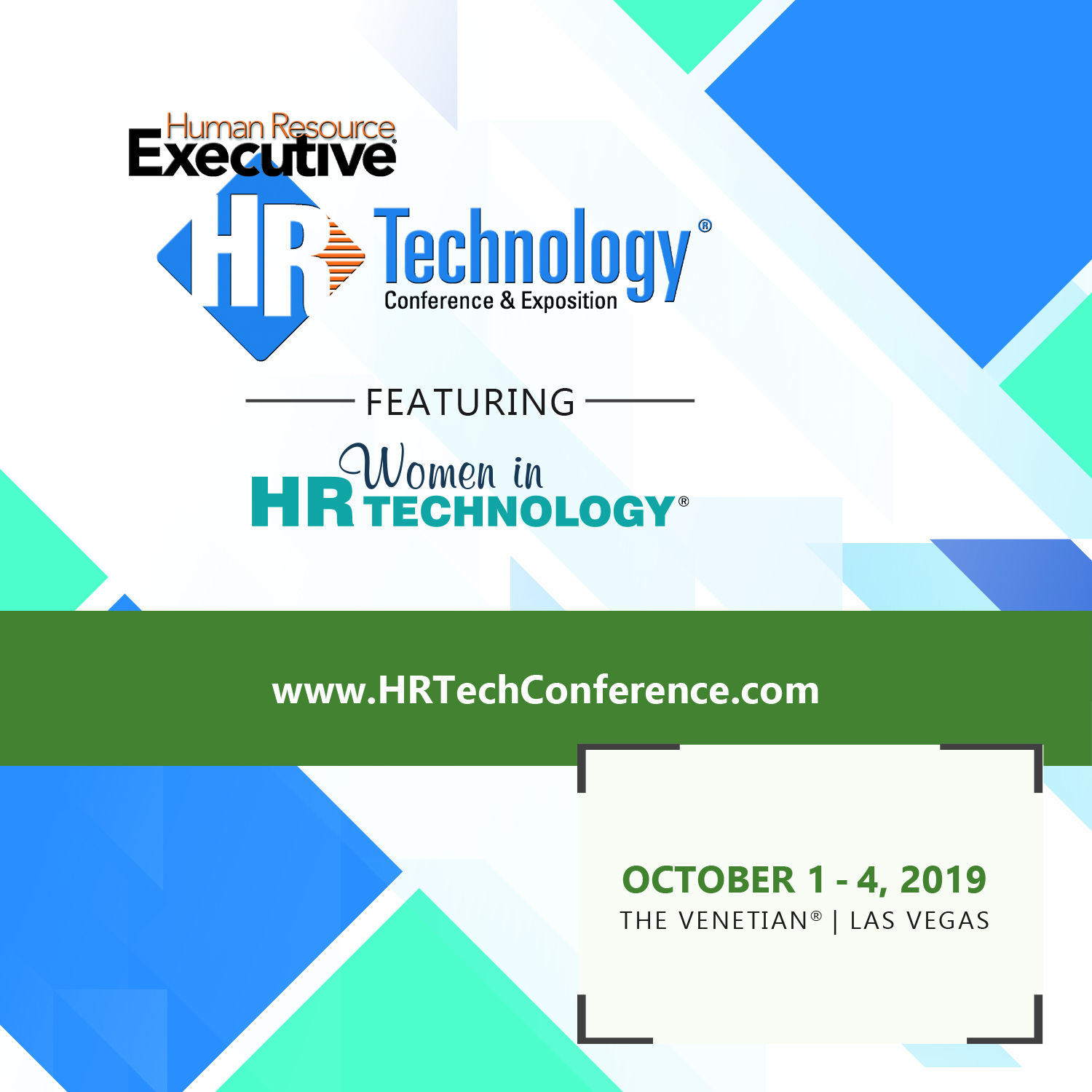
 Steve
Steve
